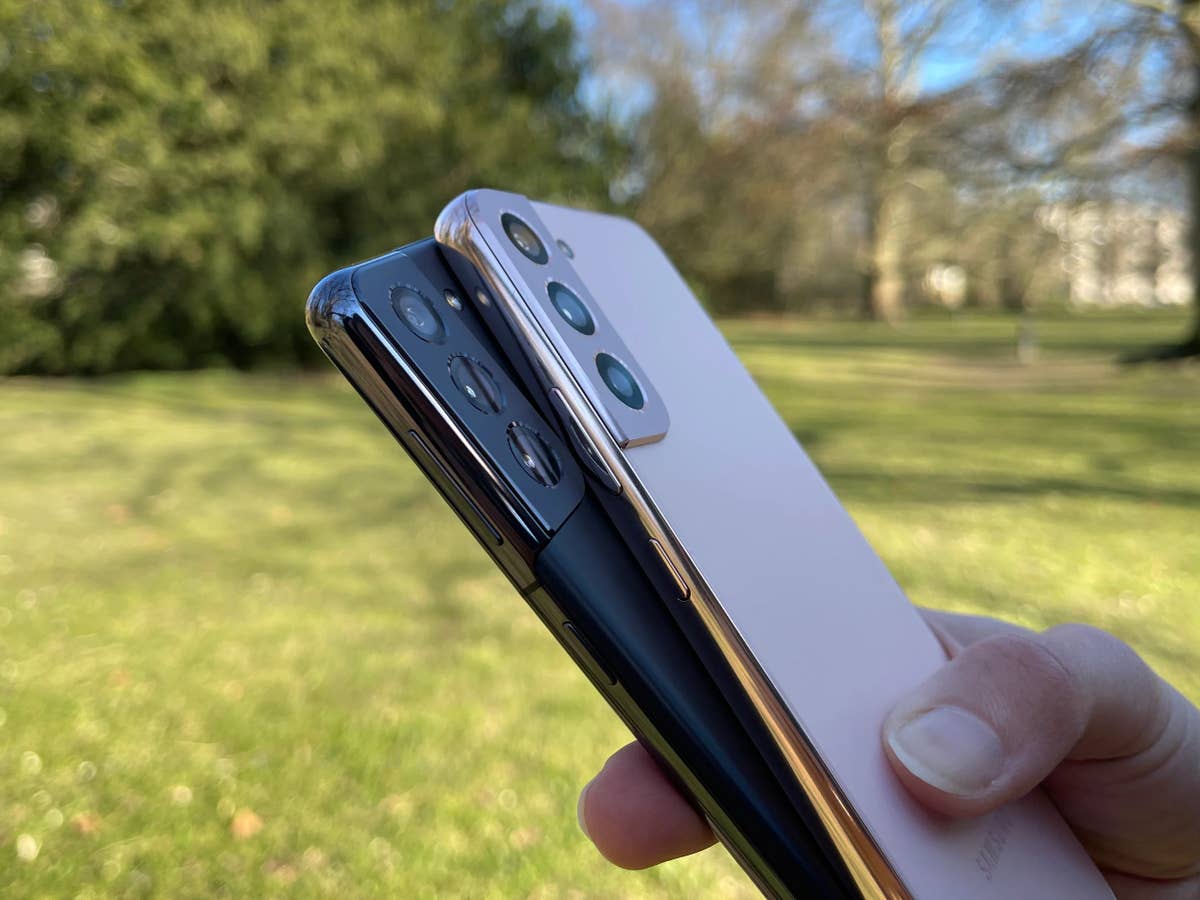Smartphones are now the linchpin of our lives – at least sometimes. It is all the more important that the vast amounts of user data that we feed our cell phones with every day remain secure. Samsung seems to have far-reaching and concrete plans in this regard.

If the screen lock was originally more of an additional feature, it is now mandatory. Thanks to online banking and the like, smartphones now contain more sensitive data than most computers at home. The display lock is usually protected by a PIN, pattern or biometric fingerprint. The latter was occasionally tricked with a standard sausage in its early days, but is much safer in 2022. However, the fingerprint still does not come close to the protection provided by a PIN. And that’s exactly what the South Korean electronics giant Samsung now wants to change.
SMARTPHONES SOON MUCH SAFER?
Samsung already announced its plans for a much more secure fingerprint process at a keynote at the end of August 2022 . According to this, South Korean mobile phones will have OLED displays in the future, which can read fingerprints not only at a specific point, but over the entire screen surface. Furthermore, the technology should enable the simultaneous reading of several fingerprints – and that offers enormous security advantages. For example, Samsung calculates a security level that is 50,000 times higher for two fingerprints. With three impressions, however, the factor should even increase to 2.5 billion. But when can users count on said security boost?
Samsung initially left this question unanswered. But now Dieter May, CEO of the French supplier of large-area photodetectors and image sensors ISORG provides a possible answer. In an interview with the tech portal OLED-Info , May predicts that Samsung will bring the new display technology to market as early as 2025, and that it will then become “the de facto security standard for smartphones”. In contrast to the South Korean manufacturer, May speaks of four-finger authentication.
DEVELOPMENT WAS ALREADY EVIDENT
Smaller fingerprint sensors appear to be nearing the end of their product life cycle. This development has been apparent since the launch of the Vivo X80 Pro at the latest . Because the cell phone came onto the market with an eleven times larger fingerprint sensor, which supported two fingerprints at the same time. However, this technology is still a long way from a “global” solution that extends over the entire display area. You can find more current and upcoming developments in the smartphone sector in the following article:


